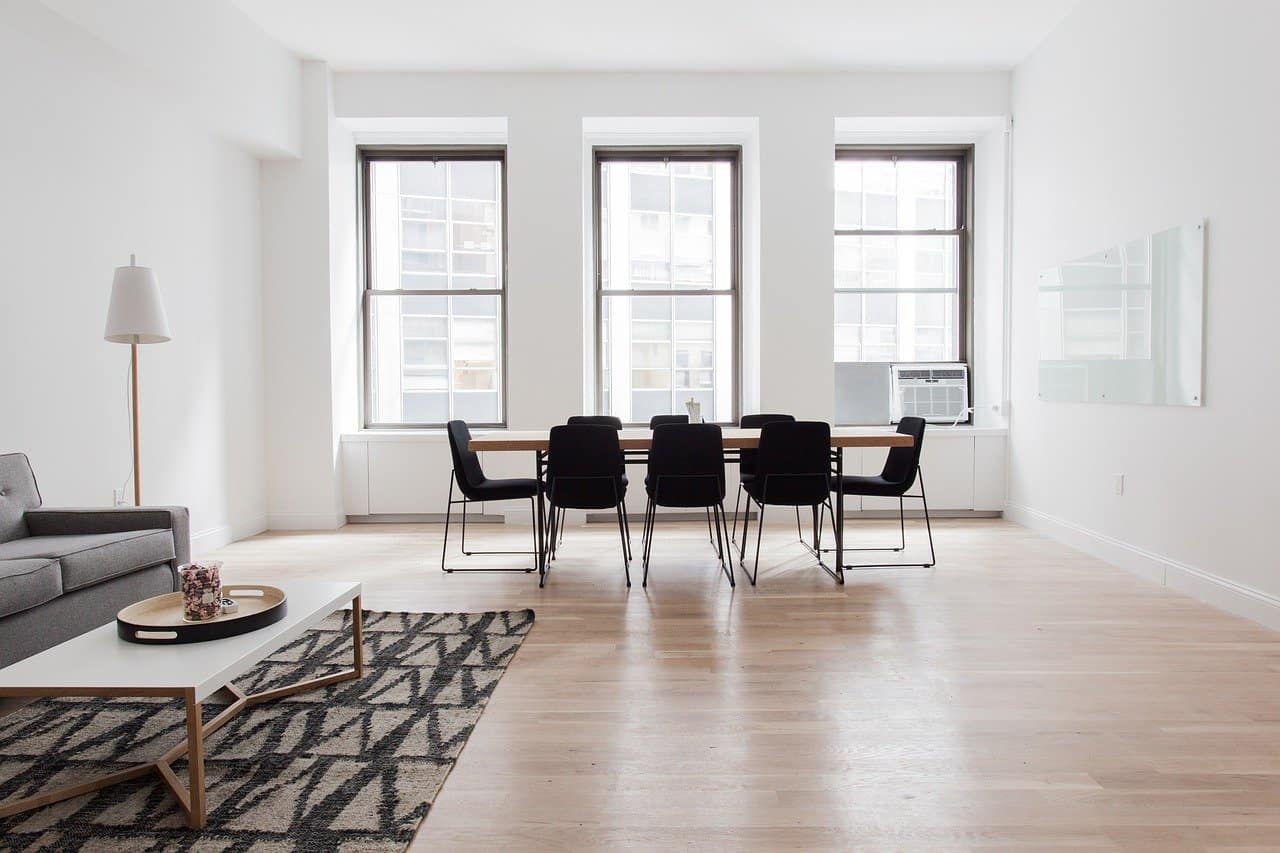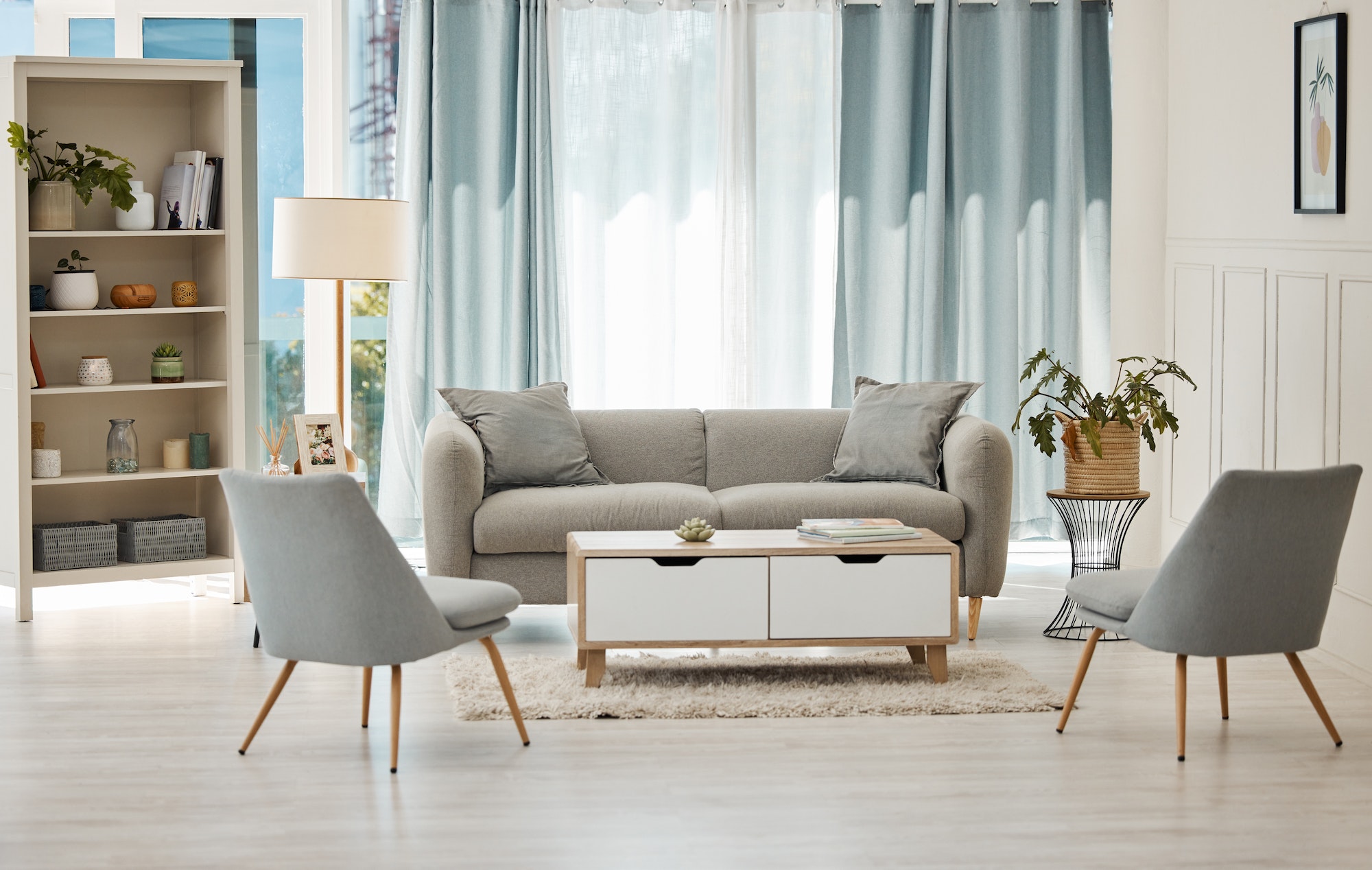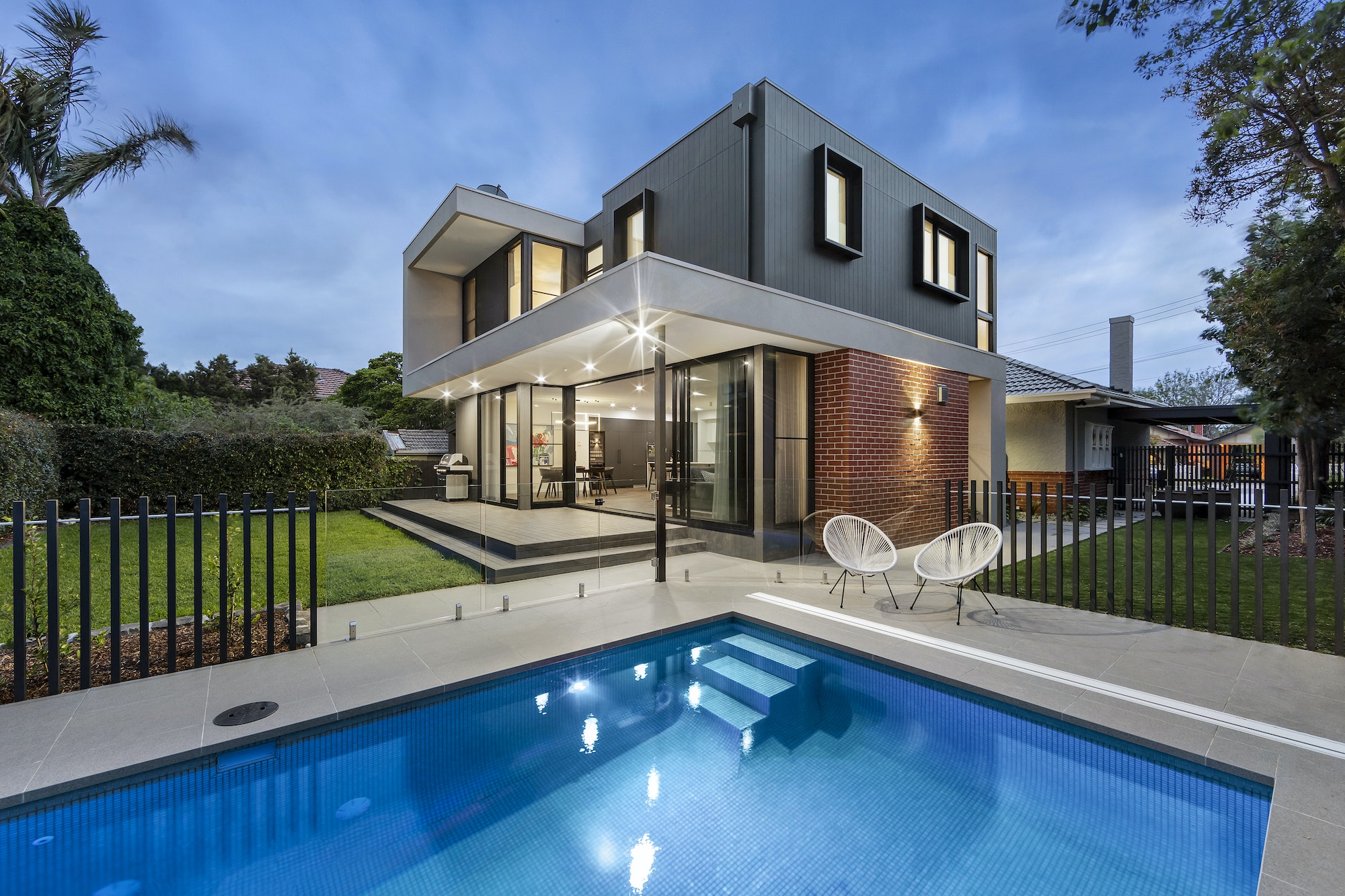Area rugs can completely remodel the look of your home. Learn how to pick the right one. Here are 7 tips for choosing the perfect rug for your home.
The quest for perfection doesn’t have to clash with the quest for longevity. Perfect only exists in a single moment, where everything comes together including your appreciation of that moment. However, longevity allows that moment to reoccur time and again.
For a lifetime of brilliant, repeatable moments you need to find the perfect rug. Of course, as there are many rooms in a house, there are many perfect rugs. Finding the ones that work for you today, and change with the seasons all takes planning.
The area rug industry is booming right now. Each year since 2013 it has experienced a minimum of 3.8% growth as more people swap to hardwood floors and decorative rugs over carpet.
To select the rugs that will give you the most moments of bliss you can’t simply select what catches your eye.
The Perfect Rug
Area rugs provide more than one function in a room. You want to consider what quality is most important for you. These tips will guide provide depth and perspective so you can see all of the elements that go into a choice.
Fulling understanding the impact of a decision doesn’t always make the upfront choice easier. It does, however, help avoid second-guessing yourself about the decision.
- Size
The size of a rug matter is twofold. You want to pick something that covers the area your trying to accentuate and you want to be mindful of how much workable space you’re left with.
You want the rug to be large enough that any placed furniture either sits on top of the rug or, if it hangs, that it is a chair or other non-wobble piece of furniture.
Walkways between and around furniture should either be free of the rug or entirely covered by the rug. If you find yourself tilted while walking, your rug is the wrong size.
A rug of the proper size will draw a room together. One that’s too small can look out of place or accentuate how much floor isn’t covered.
- Pattern
Rug patterns can be busy, simple, or non-existent.
A busy pattern works better as a focal point to other, more minimalist pieces. Busy on busy makes people dizzy.
Bright colors can do a lot to add light to a room but remember that solid color rugs will fade over time and unevenly, depending on furniture shadow.
Patterns work better for rooms with a lot of natural light because they disguise fading better.
Bigger patterns also work better than small patterns. Consider what the look of the rug will be from afar and when you are right on top of it.
- Cost
Your budget for an area rug or a series of furs for your home matters. Decision one is do you want to spend equally on each area or go heavy in a common living space and less in bedrooms or offices?
Decision two is about the material. Material contributes the most to the cost of a rug (with size a distant second).
Synthetic materials tend to run cheapest, your solution-dyed acrylics, and nylon. Plant fiber rugs are the next cheapest and also the most durable.
At the top end, you find linen, silk, and leathers.
Woven rugs cost more than nonwoven due to the extra effort it takes to construct them. Hand-stitched and antique further increase rarity and come with an associated cost.
- Maintenance
The durability of a rug matters twofold as well. A cheaper rug will need to be replaced both more often and outright. A more durable rug will last longer and also can be repaired rather than tossed.
Woven rugs and those with a decorative fringe benefit the most from rug repair.
Consider the common activities in a room when choosing area rugs. High traffic areas will be treading on more and require more cleaning. Cleaning is especially hard on delicate fabrics.
Some materials, such as linen, also show stains and marks far faster than close equivalents. In a fight between cotton and linen, cotton survives more cleaning and abuse but linen certainly looks better.
- Texture
The texture of a rug for your house also affects how well it takes to dirt and cleaning. A low-pile rug has a less overall surface area for dirt to work into.
These are also less soft and can feel rough over time as the threads lose their finish.
High-pile rugs feel warm and soft but trap dirt quickly.
Remember that the look and feel of the rug isn’t the only concern. A high-pile rug in the wrong humidity can lock in odors in addition to stains.
- Style
Creating an overall look for a room requires blending together a lot of elements in the service of a final vision.
It’s better to start the look of a room with a rug or end it with one. You won’t want to choose a rug in the middle of the process.
The shape of a rug matters more for your chosen style. Squares and oval/circles create very different looks.
If you have children or pets, you want to look for rugs that can handle more damage and stay away from the tantalizing fringe.
- Solo or Layered
This final tip for choosing a rug builds on the rest.
Do you only want one rug or do you want to add several in layers?
A large, durable rug with a smaller decorative rug on top provides a striking look while protecting from wear.
When layering rugs you still want to abide by furniture principles. Coffee tables and end tables should always have all their feet on all the rugs beneath to prevent tipping and wobbling.
Layering rugs also provide additional heat retention and softness. For those in colder climates, it’s the solution to winter floors.
Your Living Space Matters.
Every element of a home’s design matters. Each choice adds to or detracts from your chosen aesthetic. Choose the perfect rug with care and it will reward you every time someone enters a room and comments.
For more design ideas and home aesthetic choices, keep coming back here.
Discover more from Futurist Architecture
Subscribe to get the latest posts sent to your email.



